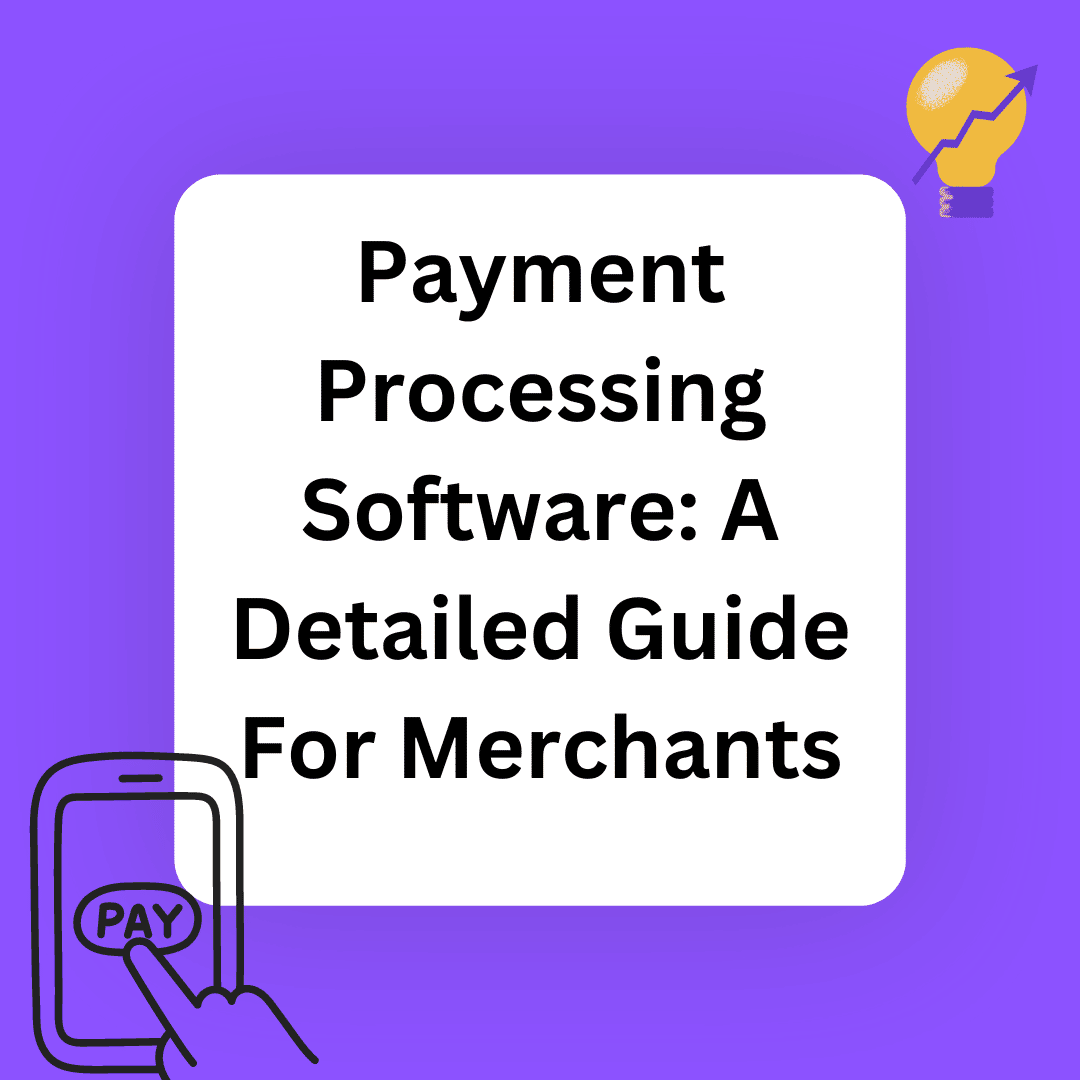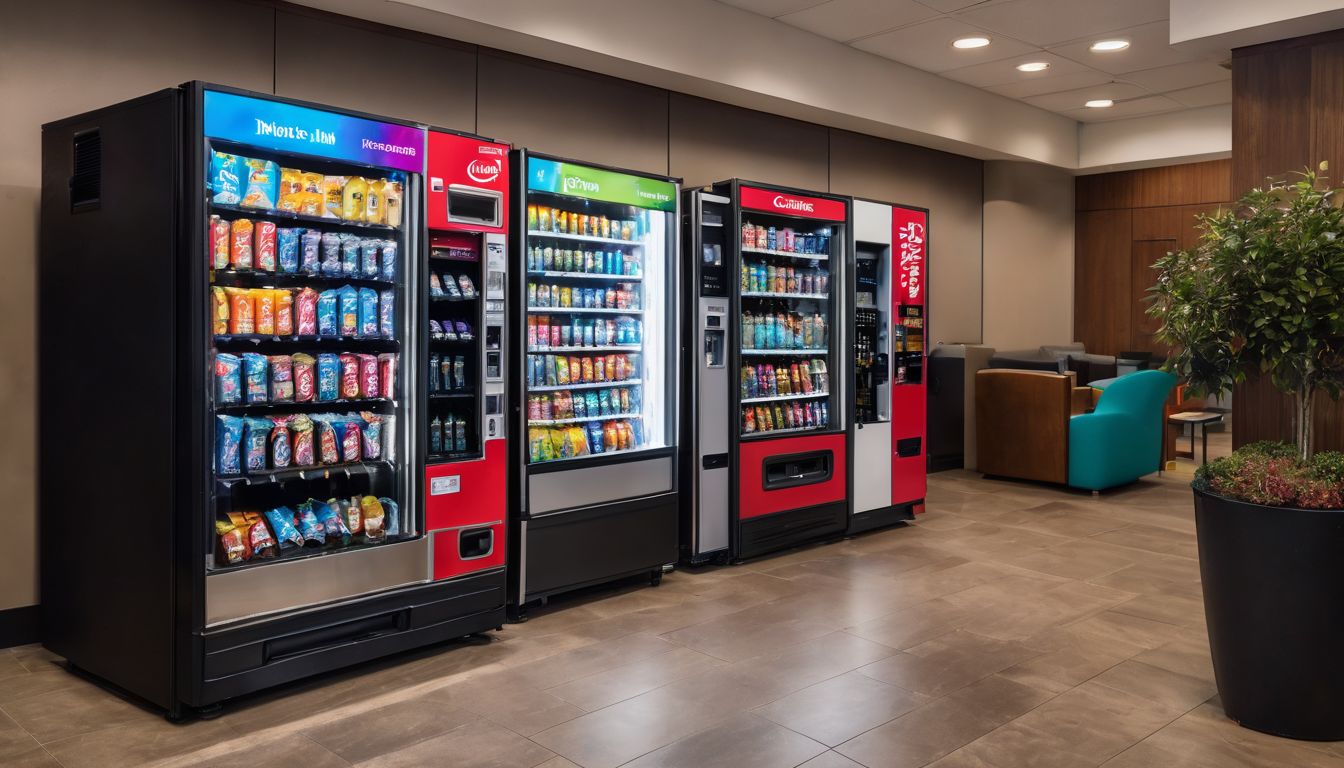Deciding between a soft launch or hard launch can be tricky for businesses releasing new products. In fact, your chosen strategy could significantly impact the product’s market success.
This article will guide you through the benefits of each approach and help identify what suits your product best. Intrigued? Let’s delve deeper into this crucial aspect of effective product marketing!
Key Takeaways
- Soft launch allows for cost efficiency and thorough testing.
- Soft launch creates a sense of anticipation and offers the opportunity for strategy change.
- Hard launch provides competitive advantage, increased visibility, higher conversions, and quick profit.
Soft Launch vs Hard Launch: Understanding the Difference
In the world of product release, Soft Launch and Hard Launch represent two distinct strategies. A soft launch involves introducing a company’s product to a limited audience for performance testing in a live environment.
This strategy, often synonymous with terms like early access or beta testing, allows businesses time to perfect their offerings based upon real customer feedback before making a formal public announcement.
Contrastingly, a hard launch signifies releasing the fully baked product to the wide audience all at once. Companies opting for this approach aim at making an immediate splash in the market by leveraging maximum visibility and higher conversions from day one.
They believe their preparation level suffices for troubleshooting any issues that might arise post-launch.
Benefits of a Soft Launch
A soft launch offers cost efficiency, thorough testing, a sense of anticipation, the opportunity for strategy changes, and a chance to step back and make improvements before fully launching.
Cost efficiency
Opting for a soft launch strategy can significantly boost cost efficiency. A product release done in stages reduces the financial risk attached to broad-scale market introductions.
Instead of spending massively on full-blown public announcements and wide audience marketing campaigns, companies can channel resources more effectively during this preliminary phase.
Efficiency also extends to resource management. The gradual rollout allows for performance testing with a limited audience before making any hefty investment into scaling up operations.
This ensures that a fully baked product is eventually presented at the hard launch, maximizing return on investment while minimizing unnecessary expenses.
Thorough testing
Thorough testing during a soft launch delivers critical insights into the product’s performance and functionality. It allows the company to identify any issues, bugs, or areas for improvement before releasing the product to a wider audience.
Furthermore, this phase provides an opportunity to gather necessary user feedback which could prove crucial in enhancing the overall user experience. In essence, thorough testing ensures that the final product is polished, fully baked and ready for market introduction.
Sense of anticipation
A soft launch creates a sense of anticipation among your audience. By offering limited access to your product or service, you generate curiosity and excitement. This can build buzz and create a level of exclusivity that attracts early adopters and influencers.
The anticipation generated during a soft launch can result in valuable word-of-mouth marketing, increasing the chances of success when you eventually make a formal public announcement or fully launch your product to a wider audience.
Strategy change
Strategy change is a key benefit of a soft launch. During this phase, companies have the opportunity to evaluate and adjust their strategies based on real-time feedback and market response.
This allows them to make necessary modifications before the formal public announcement or hard launch. By analyzing data gathered from the soft launch, businesses can refine their marketing tactics, optimize product features, or even pivot their overall approach if needed.
Ultimately, strategy change in a soft launch ensures that the company’s product has the best chance of success when it reaches its wide audience during the hard launch.
Chance to step back
During a soft launch, businesses have the unique opportunity to step back and evaluate their product or service before fully releasing it to the market. This allows them to gather valuable feedback from a smaller audience and make any necessary adjustments or improvements.
By taking this chance to step back, they can fine-tune their offering based on real-world testing and user input, ensuring that they are delivering a high-quality experience to their customers.
It also gives them the flexibility to pivot their strategy if needed, making it easier to adapt and respond to market demands. Overall, stepping back during a soft launch enables businesses to gain insights and refine their approach before going all-in with a hard launch.
Benefits of a Hard Launch
A hard launch provides a competitive advantage, increased visibility, higher conversions, and the opportunity for quick profit.
Competitive advantage
A hard launch provides the advantage of standing out from the competition. By making a formal public announcement and releasing a fully-baked product to a wide audience, companies can create buzz and generate excitement.
This increased visibility helps to establish a strong presence in the market and attract more customers. Additionally, a hard launch allows for higher conversions as it presents the opportunity to capture the attention of potential buyers right away.
With quick profit generation as a result, companies can gain an edge over their competitors.
Increased visibility
A hard launch offers increased visibility for your product. By making a formal public announcement and fully releasing your product to a wide audience, you can generate attention and buzz.
This higher level of exposure allows more people to become aware of your offering, increasing the chances of attracting potential customers and driving conversions. With a hard launch, you have the opportunity to make a strong impact in the market right from the start, maximizing your visibility and establishing a competitive advantage.
Higher conversions
A hard launch can result in higher conversions for your product. When you fully release your product to a wide audience, it can generate more sales and revenue. The formal public announcement and widespread marketing efforts create a sense of urgency and excitement among consumers, encouraging them to make a purchase.
With all the preparation leading up to the hard launch, including performance testing and refining your product, you have a better chance of attracting customers and achieving higher conversion rates.
Quick profit
A hard launch can result in quick profit for a company. By fully committing to a formal public announcement and unveiling their product to a wide audience, companies have the potential to generate immediate revenue.
This is especially beneficial when there is high demand or anticipation surrounding the product release. With a hard launch, companies are able to capitalize on this excitement and convert it into sales, allowing them to see a quick return on their investment.
When to Choose a Soft Launch
When introducing a new product or entering a new market, a soft launch is the ideal choice if you want to thoroughly test its performance, gather feedback from a limited audience, and make necessary improvements before fully unveiling it to the wider public.
Scenarios when a soft launch is appropriate
A soft launch is appropriate in the following scenarios:
- When you want to test your product or service on a limited audience before fully releasing it to the market.
- When you need to identify any potential flaws, bugs, or issues with your product through thorough testing.
- When you want to create a sense of anticipation and build excitement among your target audience.
- When you are open to making strategic changes based on the feedback and insights gathered during the soft launch phase.
- When you feel the need to step back and evaluate your product’s performance and make necessary improvements before a full-scale launch.
When to Choose a Hard Launch
A hard launch is the best option when you have thoroughly tested your product, are confident in its performance, and want to make a big splash in the market. Read on to find out more about the benefits of a hard launch compared to a soft launch.
Scenarios when a hard launch is appropriate
A hard launch is appropriate in the following scenarios:
- When you have thoroughly tested your product and are confident in its performance.
- When you want to make a big splash and create a sense of excitement among your target audience.
- When you have a well – prepared rollout plan in place to handle the increased demand.
- When you want to announce your product formally to the public and generate buzz.
- When you are ready to fully commit resources and marketing efforts to maximize conversions.
- When you have a competitive advantage that can help you stand out in the market.
- When you want to quickly turn a profit and capitalize on the momentum of your product release.
- When your audience size is large enough to support a wide – scale launch.
Conclusion
In conclusion, understanding the difference between a soft launch and a hard launch is crucial when it comes to successfully introducing a product to the market. A soft launch allows for cost efficiency, thorough testing, and strategy changes, while a hard launch brings competitive advantage, increased visibility, higher conversions, and quick profit.
Knowing when to choose each approach depends on factors such as audience size, preparation level, and desired outcome. By carefully considering these factors and choosing the right launch strategy, businesses can make a splash in the market with their fully baked product or service.
FAQs
1. What is a soft launch?
A soft launch is a limited release of a product or service to a specific audience, usually for testing and gathering feedback before the full launch.
2. What is a hard launch?
A hard launch refers to the official and full-scale release of a product or service to the general public, often accompanied by marketing campaigns and promotions.
3. Why would I choose a soft launch over a hard launch?
A soft launch allows you to test your product or service in real-world conditions, gather feedback, make necessary improvements, and build buzz before the official release.
4. When should I consider doing a hard launch instead of a soft one?
A hard launch may be more suitable when you have extensively tested your product or service and are confident in its readiness for immediate mass market exposure without further modifications.
5. Can I switch from a soft launch to a hard one later?
Yes, it is possible to transition from a soft launch to a hard one once you have gathered feedback, made improvements, and feel confident in your offering’s ability to meet customer expectations ona larger scale.




